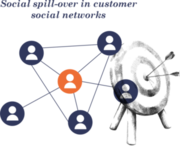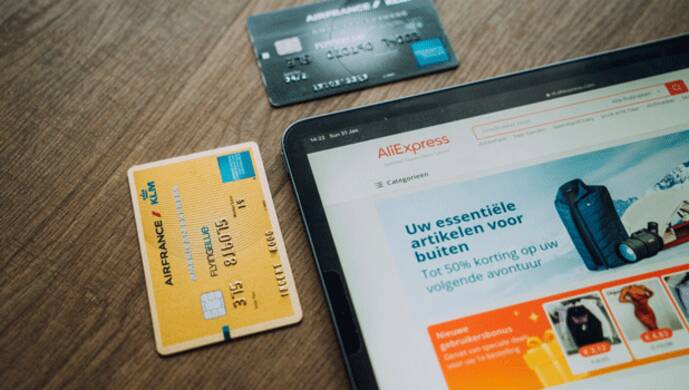Our wide social networks are increasingly connected through social media and telecommunications. Technology enables us to create more lines of communication and our networks can be tracked. Peter Ebbes explains how these social networks could be of interest to marketing executives. “Traditionally, customers have a ‘customer lifetime value’ that predicts how profitable a company’s future relationship with them might be,” he says. “However, so far, marketers do not consider the value of a customer’s social network as a component of their lifetime value.” Ebbes and co-workers wondered what the value of social connections might be: “Could the network of an individual make them a more or less valuable customer?”
Collaboration between business and academia: a win-win
The team embarked on a successful collaboration with the Seattle-based company Amplero, a big data and analytics firm, which gave the researchers unprecedented access to customer data. In their field experiment, they used telecommunications information from over a thousand individuals. “We staged a traditional marketing campaign whereby a randomised selection of prepay telephone customers received a message designed to increase their phone usage,” Ebbes explains. “Normally, we would only be interested in how successful the campaign was in relation to a control group who did not receive a message, but here we wanted to see if there was a ‘trickle down’ effect of that campaign through the target customers’ networks of social connections.”
Firms and industries are in a great position to take advantage of the increased profits that a network can provide.
Marketing affects the social network
Only the target customers’ primary connections who use the same telephone provider were tracked. To be considered a connection, two calls had to have been made, to or from the target, in the four weeks prior to the experiment. Ebbes discusses the team’s findings: “The connections of those that received the campaign were found to be less likely to suspend their contracts and more likely to increase their activity, relative to the control group,” says Ebbes, who goes on to add: “This is interesting as the connections themselves were not targeted and did not receive a marketing message. As the experiment was randomised, we can say that the campaign caused an effect on both the targeted customer and also their connections. So, for the first time, we demonstrate that traditional marketing campaigns have a social spill-over effect.”
A social multiplier
As a consequence of the marketing campaign, targeted customers increased their overall phone usage by 35%. Individuals connected to targeted customers increased their usage by 10%. This increase was not seen in individuals connected to the control group. From this data, Ebbes estimated a social multiplier of 1.28. He explains, “We see that the campaign has a spill over effect of 28% on the usage of the target customer’s connections. This is something that could be utilised by businesses to increase the profitability of targeted customer relationship marketing.” The team then altered their analysis approach and showed that increased activity among the non-targeted but connected customers is driven by the increase in communication between the targeted customers and their connections. This means that the marketing campaign propagated through the network to affect the non-targeted customers. Consequently, these customers also became more valuable to the company even though the company did not spend a penny on targeting them.
Networks increase potential profits for firms
Ebbes emphasizes that this study is applicable to all businesses with clear network externalities, which have the ability to target individual customers and observe their social connections and activity. “Firms and industries that offer products using networks or whose services require underlying networks are in a great position to take advantage of the increased profits that a network can provide,” he says. “At the moment, these include companies with stakes in telecommunications, online multiplayer games or file-sharing services like Dropbox, but there are also potential gains for traditional businesses."











